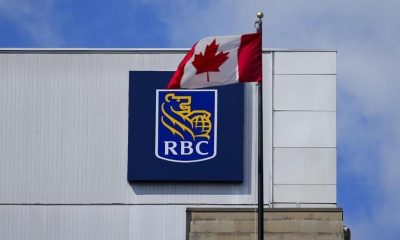Alberta Premier Danielle Smith and federal Finance Minister Chrystia Freeland announced a new $8.9-billion investment by Dow into the province’s Industrial Heartland on Wednesday.
Fort Saskatchewan will be home to Dow’s Path2Zero facility, the world’s first net-zero Scope 1 and 2 greenhouse gas emissions integrated ethylene cracker and derivatives site.
Freeland called the Path2Zero expansion project “historic … the first of its kind in the whole world… a best-in-class, world-leading facility.”
“At nearly $9 billion (CDN), this project is one of the largest private sector investments in Alberta’s history,” Smith said.
“Path2Zero will produce and supply approximately three million metric tonnes of certified low- to zero-carbon emissions polyethylene and ethylene derivatives for customers around the globe while further establishing Alberta as a world leader in emissions-reducing technology like carbon capture, utilization and storage.”
It’s estimated to create about 6,000 jobs during construction and 400 to 500 full-time jobs when operational.
Government officials were joined by Jim Fitterling, chair and CEO of Dow.
He said the products made at this facility will have a greenhouse gas footprint that’s less than half of other plastic alternatives.
“We intend to take that to zero,” Fitterling said.
“Hydrogen and carbon capture are at the heart of decarbonizing,” he added. “This gives Dow the chance to be the first to offer zero-emissions products and solutions.”
He said it will decarbonizing 20 per cent of Dow’s global ethylene capacity.
“It will serve as an example that industrial decarbonization is not only possible but can also be profitable.”
Fitterling said Dow chose Fort Saskatchewan because of the cost-competitive operations possible in western Canada and Alberta’s “top-class workforce.”
Construction will start in 2024, phase one startup will be in 2027 and phase two in 2029.
Both the federal and provincial representatives claimed the Dow project was proof of success of their respective tax breaks and grants.
Freeland pointed to Canada’s investment tax credits for clean hydrogen and carbon capture and storage. Smith pointed to Alberta’s Energy and Minerals’ Alberta Petrochemicals Incentive Program (APIP).
“Dow’s final investment decision is proof of the ‘Alberta advantage,’ and it will be a major stepping-stone toward meeting our goal of being a global top 10 petrochemical producer,” Smith said. “This decision proves what we have been saying for years: Alberta is the best place to invest and do business. We have the workforce, know-how and natural gas feedstock to be a world leader in carbon-neutral petrochemicals.”
“I’m just so thrilled and delighted,” Freeland said.
“Our economic plan is about building an economy that works for everyone, with good jobs that people and communities can count on.”
She said the federal government’s two tax credits were intended to provide businesses with the security they needed to invest while reducing emissions.
“Today is proof that it’s working. Proof that our tax credits are delivering.”
This comes after Smith invoked the Alberta Sovereignty Within a United Canada Act on Monday, legislation the province has threatened to use to push back on Ottawa’s proposed clean energy regulations.
The federal government told reporters on Tuesday that it won’t take Alberta to court over the Sovereignty Act.
Both Alberta and Ottawa have been negotiating over the draft regulations, which will require provinces to net-zero their energy grids by 2035.
Smith has repeatedly said the province tried to work collaboratively with the federal government to make the province’s electricity grid net zero by 2050 instead. She said Ottawa’s target of 2035 is “unachievable” and will make electricity unaffordable for Albertans.
Smith also said the clean energy regulations disregard Section 92 of the Constitution Act, which says provincial matters fall under provincial jurisdiction.
–With files from Adam MacVicar and Paula Tran, Global News.






















